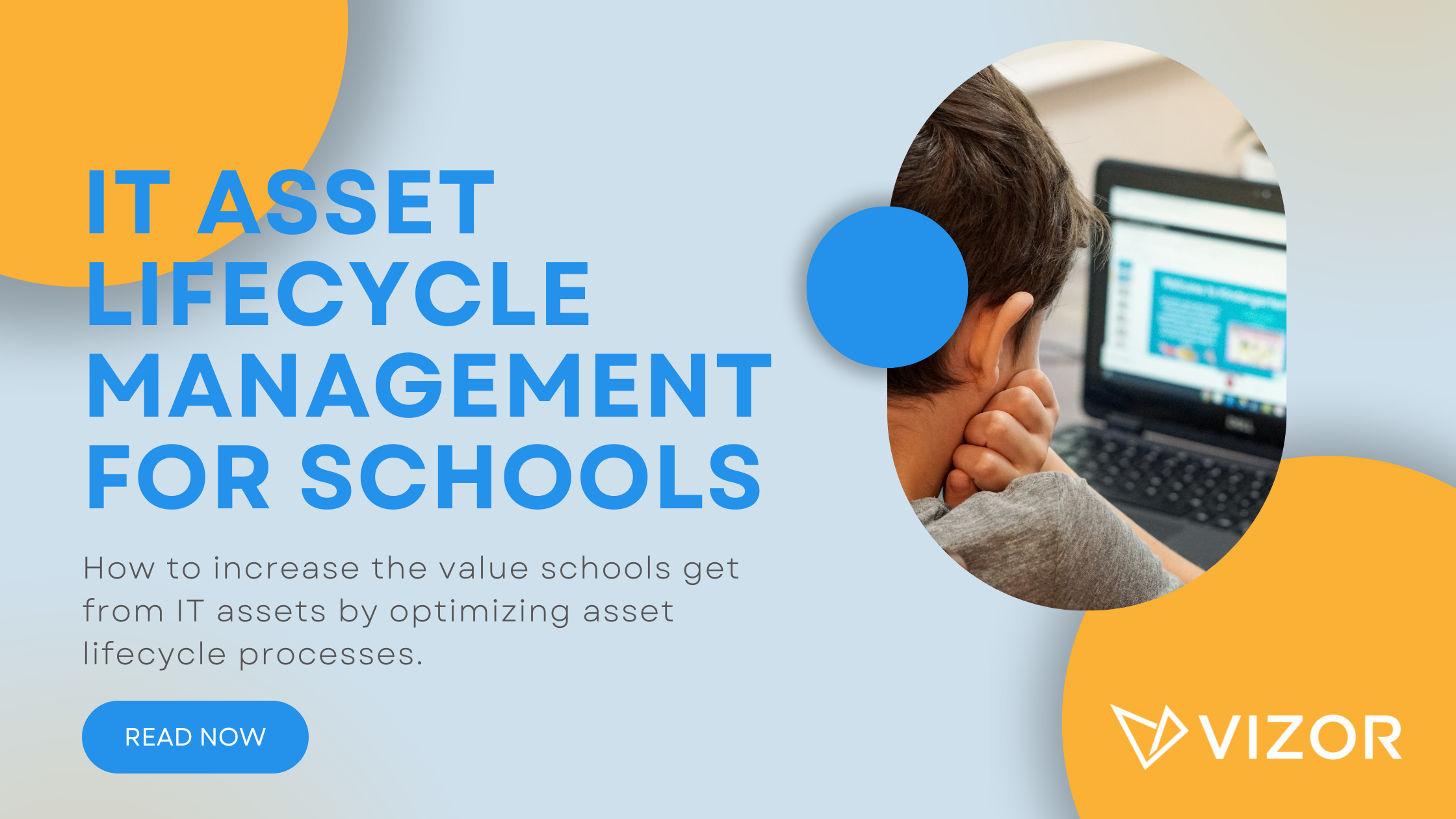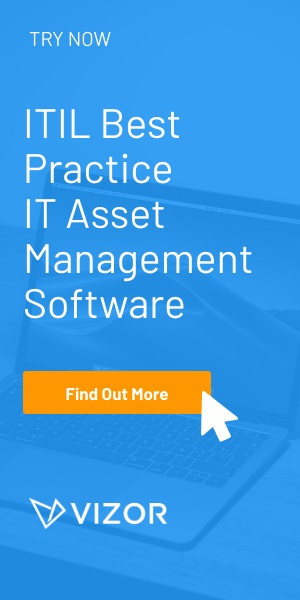Managing Software Licensing with Multiple Inventory Tools
Organizations struggle to efficiently manage their software assets when they need multiple discoveries and inventory tools. Knowing what software is installed on an organizations network is important to determine software compliance and costs. However, the inventory of installed software often comes from configuration management tools which are primarily purchased for other operational IT activities. For example, many organizations use Microsoft SCCM primarily for application deployment. Using SCCM as a source of inventory data for license management is typically not seen as important.
Why bother getting yet another discovery and inventory tool?
In larger organizations, especially international ones, inventory tools may differ by department or there could be multiple instances of the same tool. However, this issue isn’t isolated to large enterprises. It is not uncommon for our customers in the education sector to have multiple sources of software inventory data. For example, they may use SCCM to manage server and desktop configurations. LANSweeper for SNMP discovery of network devices, and the G Suite Chromebook Management console for student Chromebook configuration. There is a reluctance to install yet another discovery and inventory tool when embarking on a software asset management project.
As discussed configuration management and discovery tools can provide installation data that is useful for software asset management. Organizations that use multiple solutions may have to manually consolidate and cross-reference the report and exports from multiple solutions. Manually sources of entitlement data further add to the complexity of software asset management. Manual consolidation and cross-referencing are not trivial as the data is often not the same between solutions. For instance, tools may identify Microsoft SQL Server as MS SQL Server or Microsoft SQL Server 2017. Or they may not identify the Express version which has different licensing implicants. This can cause confusion and result in incorrect cost calculations.
Centralization and normalization are key to management of inventory lists from multiple tools.
Centralization
Having a centralized solution can cut the time spent going over many lists produced by many tools. You can maintain the integrity of the data with a centralized solution. With maintaining databases, the cardinal rule of database design is to remove the unnecessary. Using many tools increases the possibility of repeating of asset information across the organization. As a result, this can lead to consequences when calculating software expenditures, or result in a higher workload when it comes to merging information. Additionally, you can compile a broad range of reporting from a centralized solution. This allows many departments’ assets to merge in one location, in order to see the organization’s software usage.
Normalization
It is important that the details about installed software such as edition, version, publisher, and title are consistent so to properly manage your licenses. A software asset and license management solution refines data after it has been identified, or in other words, normalizes the data. After normalization, raw inventory data transforms into actionable information. This makes the data optimal for efficient reporting of software compliance and costs.
Software asset and license management tools reduce the time spent in centralizing and normalizing data taken from many sources. Look for a license management tool that can integrate with many inventories and discovery tools and will compile the data into a central and normalized repository. This will get rid of the need for manual consolidation and cross-reference. In doing so it will reduce the time required to produce the reports you need for efficient software and license management.
Share this with coworkers!
Need a IT Asset Management Tool?





